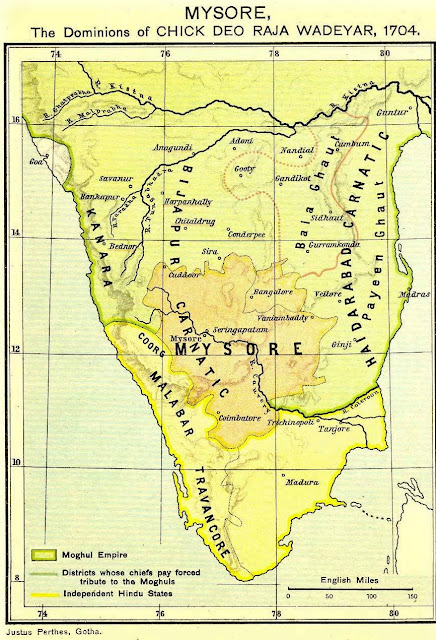Governments' lust for people's gold

The practise of Governments controlling the wealth exiting the country is fairly well documented. The Moghuls from their early days did so. There is documentation of how the Europeans vied for permissions of the Delhi court to conduct trade in the Indian subcontinent (1). And Alamgir Aurangzeb used the religious tax Jeziya as a tool to control the prosperous Hindu traders and pheasants. Apparently quite a few categories of people including the Brahmans were exempted from Jeziya (2). Entrance to Moghul Emperor Akbar's palace at Ajmer, Rajasthan where his grandson Emperor Jahangir received Thomas Roe of East India Company on Mar 1616 Pic: Ameen Ahmed. Info source: ASI board at the site 1700s in Mysore Kingdom: People’s gold and invading armies But ever since the earliest organised Governance emerged, many Governments and rulers administering territories in what now is India have had their lust for their subjects wealth go beyond the taxes they impose. Surely ther...

